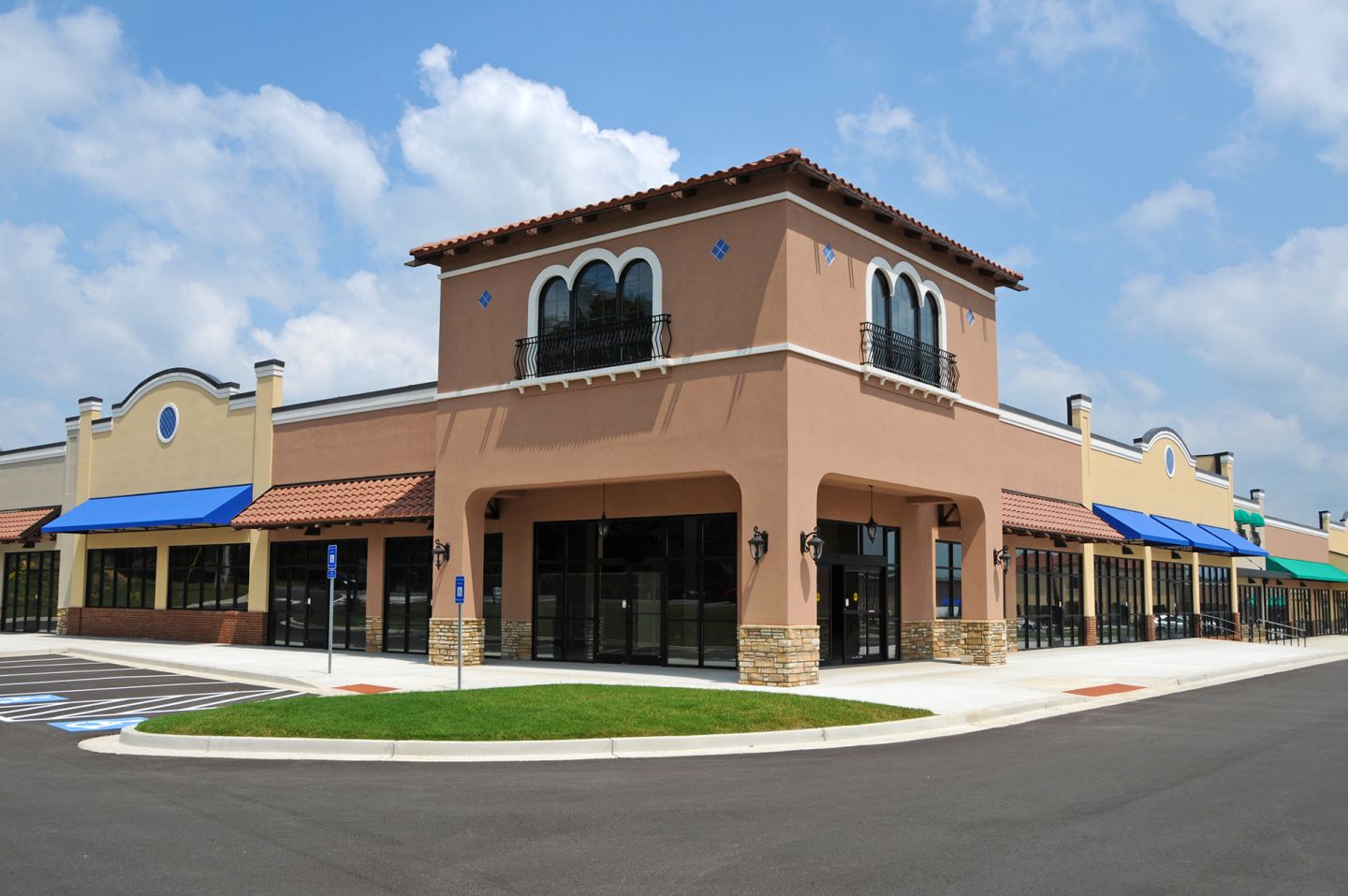Healthcare providers have been gradually moving into retail centers for a number of years now, but the trend has finally gained serious momentum.
For the first time ever, healthcare was featured at the International Council of Shopping Center’s Real Estate Convention. The buzz on the convention floor and standing-room-only sessions made it clear that the healthcare industry is having a real impact on retail centers.
Industry publications have also reported extensively on the growing trend. Healthcare services like urgent care, vision care, and dental care were among the first to move into retail centers, but Modern Healthcare reports that oncology and other chronic disease management services are following close behind.
The shift is beneficial to both healthcare providers and retail center owners. As retailers continue to trim the number of stores in their portfolios, healthcare providers have become highly desirable tenants for retail centers seeking to fill vacancies and find new traffic drivers. And as healthcare providers move toward a consumer-oriented business model that focuses on access and convenience, shopping centers present affordable opportunities to meet patients where they are.
Making the Switch: How Healthcare Providers Can be Successful in Retail Centers
If your healthcare organization is planning to make the switch to retail centers, consider these three tips for success:
1. Find the Right Match
Retail center owners are competing to attract healthcare providers to their properties, but not every center is a great match. Identify who your target consumers are then determine whether there are enough of them in a center’s trade area to support a location. Traditional healthcare demand metrics and supply (competition) metrics are also important insights when evaluating potential sites. These factors can be integrated into a healthcare analytics model to streamline evaluations.
2. Pay Attention to Retail Site Selection Fundamentals
The traditional rules of retail site selection apply when placing healthcare services in retail centers. Consider the following questions:
- Does the center have good traffic volume?
- Does the site you are considering within the center have good visibility and signage?
- Is the site you are considering within the center easy to access? Does it have sufficient parking and/or access to public transit?
- What is the age and condition of the center?
3. Market Your Location to Raise Awareness
When your new location opens, let your potential patients know that you are now in their neighborhood. They may not think to look for you in their local retail center, so let them know that you are there. Awareness levels will rise over time as consumers become accustomed to seeing your location in their area.
Getting Started
To select the right retail centers, healthcare providers need to borrow tips from retailers’ site selection playbooks. Success begins with understanding who your target consumers are, identifying where those consumers are located, and studying the factors that separate great locations from poor performing locations.
Healthcare analytics can be a helpful tool in navigating this process and can be applied to both site selection and new location marketing. To learn about Buxton’s approach to healthcare analytics and how we can help you to get started, view our healthcare solutions.


